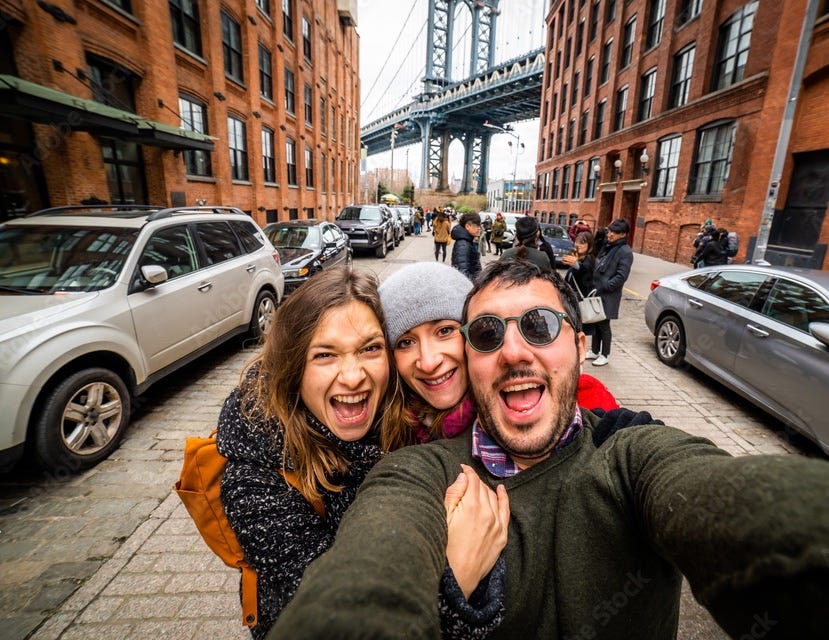In March 2023, when cities around the world were celebrating the post-COVID return of tourism and the economic activity that comes with it, Amsterdam did something different. It pleaded for people to not visit their city through a campaign called, “Stay Away.”
Amsterdam, a city of nearly 900,000 gets approximately 20 times that number of visitors each year, and its inhabitants are fed up with the way that tourism has altered their city. Though Stay Away is aimed at young English men known to visit Amsterdam for its legal prostitution and marijuana, the campaign is just one part of Amsterdam’s much larger effort to reconsider how the city caters to all visitors.
Amsterdam isn’t the only city trying to curb tourism. In January 2023, Venice implemented a 10 Euro entry fee to visit the city and set a cap on total tourists admitted per year.
While European cities have been lamenting overtourism ever since the Euro was adopted 25 years ago and budget airlines enabled quick jaunts to Corsica or Dublin for the weekend, the reprieve from tourism during COVID has only emboldened cities to consider a future without more visitors.
And now a newer frustration with foreign travelers has emerged: digital nomads who are upsetting the local culture and wielding outsize power with their wallets.
Shortly after Lisbon became the go-to city for digital nomads, the city ended its “golden visa” program and banned new Airbnbs, citing skyrocketing housing prices. Cities from Medellin to Mexico City are also struggling to cope with an influx of affluent digital nomads who can pay more than local residents for housing, food, and entertainment, thus raising the cost of living. It’s gotten bad enough that people took to the streets of Mexico City to protest digital nomad gentrification.
It turns out that regular people are becoming tourists as well. The routine of going into work five days a week has been replaced for some by a weekly trip to the city that presents an experience more akin to tourism than a commute. A report from Placer.ai noted that Brooklyn’s number of tourists was outpacing Manhattan’s— but who were those tourists? “Former residents who are now regularly returning to their old haunts to shop, eat, or visit friends.” City dwellers and suburbanites who used to come into the city five days a week, now only leave their neighborhoods for concerts, sporting events, or a fancy dinner — things that makes them tourists in their own town.

Whereas tourists used to be the people wearing sneakers and fanny packs carrying wide-angle cameras, they are being redefined. But what unites the problems of the local day tourist, the foreign digital nomad, and the hordes on the streets of Amsterdam, is the sense that tourism is destabilizing the natural rhythms and relationships in cities.





